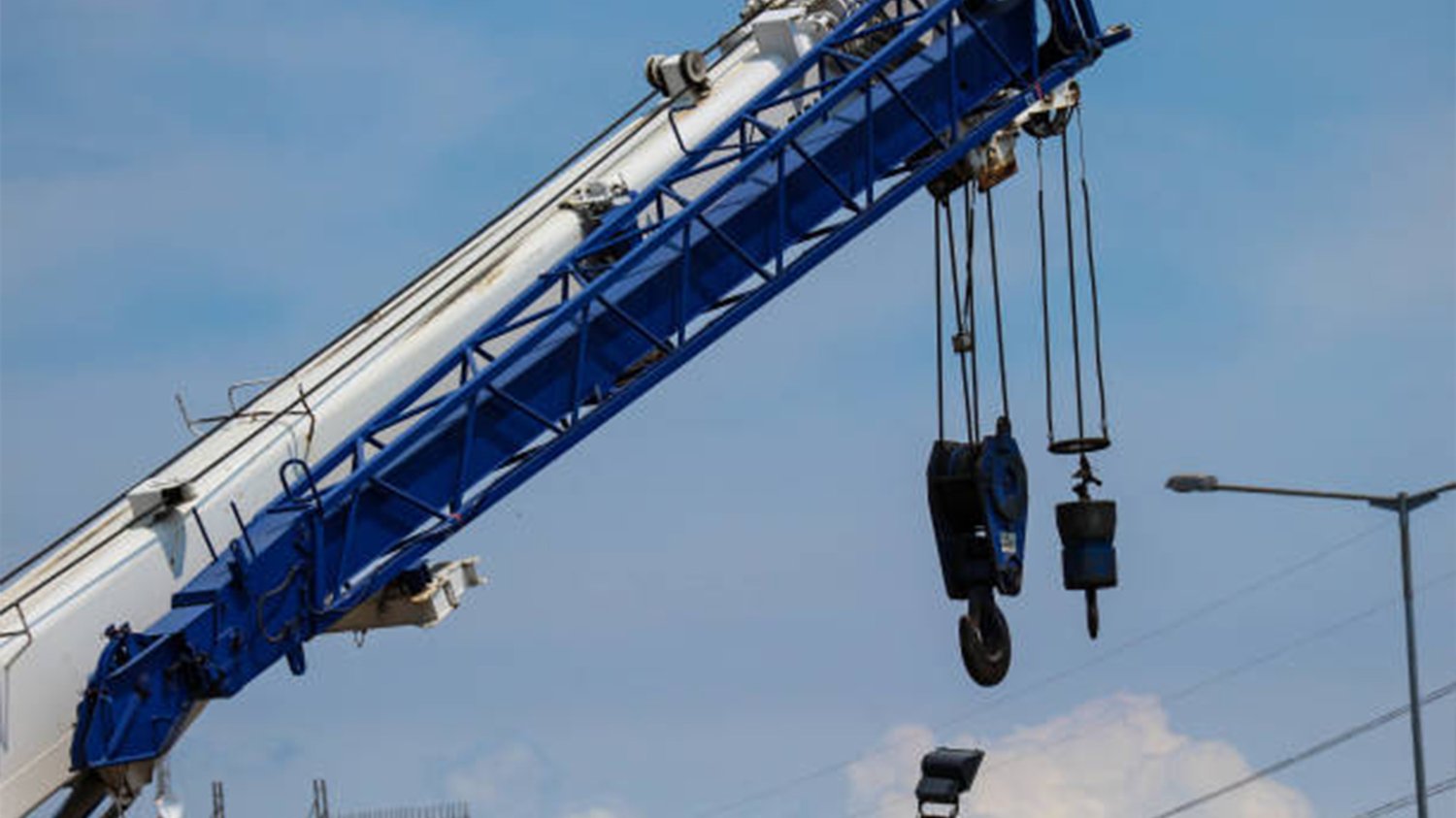The Advantages of Using an Electrolytic Aluminum Multifunctional Crane
An electrolytic aluminum multifunctional crane is a specialized type of crane that is specifically designed for the aluminum industry. This type of crane offers numerous advantages to aluminum manufacturers and can greatly improve their overall productivity and efficiency. Let's take a closer look at some of the key advantages of using an electrolytic aluminum multifunctional crane.
1. Increased Safety
One of the primary advantages of using an electrolytic aluminum multifunctional crane is the increased safety it provides. These cranes are equipped with advanced safety features such as anti-sway systems and overload protection mechanisms, ensuring that the crane operates safely and minimizes the risk of accidents or injuries.
2. Enhanced Efficiency
Another major advantage of using an electrolytic aluminum multifunctional crane is the enhanced efficiency it offers. These cranes are designed to handle a wide range of tasks, including lifting, transporting, and positioning aluminum ingots and other materials. With their multifunctional capabilities, these cranes can streamline the manufacturing process and significantly improve overall operational efficiency.
3. Versatility
Electrolytic aluminum multifunctional cranes are highly versatile and can be used in various applications within the aluminum industry. Whether it's lifting heavy aluminum ingots, moving molds, or transporting finished products, these cranes can adapt to different tasks and provide the necessary flexibility to meet the specific requirements of the manufacturing process.
4. Cost Savings
Using an electrolytic aluminum multifunctional crane can lead to significant cost savings for aluminum manufacturers. These cranes are designed to optimize energy consumption and minimize downtime, resulting in lower operational costs. Additionally, their multifunctional capabilities eliminate the need for multiple specialized cranes, reducing equipment investment and maintenance expenses.
5. Improved Productivity
An electrolytic aluminum multifunctional crane can greatly enhance productivity in an aluminum manufacturing facility. With their ability to handle multiple tasks efficiently, these cranes eliminate the need for manual labor and reduce the time required to complete various operations. This results in increased output and improved overall productivity.
6. Precision and Accuracy
When it comes to handling delicate aluminum materials, precision and accuracy are crucial. Electrolytic aluminum multifunctional cranes are equipped with advanced control systems and precise positioning mechanisms, allowing for precise and accurate movements. This ensures that the aluminum materials are handled with care and reduces the risk of damage or wastage.
7. Adaptability to Challenging Environments
Aluminum manufacturing facilities often operate in challenging environments, such as high temperatures or corrosive atmospheres. Electrolytic aluminum multifunctional cranes are specifically designed to withstand these conditions. They are made of durable materials and are equipped with protective coatings, making them resistant to heat, corrosion, and other environmental factors.
8. Remote Control Capabilities
Many electrolytic aluminum multifunctional cranes are equipped with remote control capabilities, allowing operators to control the crane from a safe distance. This feature enhances safety and allows for more efficient operation, especially in hazardous or hard-to-reach areas.
9. Reduced Maintenance Requirements
Electrolytic aluminum multifunctional cranes are designed for durability and reliability. They require minimal maintenance compared to other types of cranes, reducing downtime and maintenance costs. This is especially beneficial for aluminum manufacturers who rely heavily on cranes for their day-to-day operations.
10. Environmental Friendliness
Lastly, electrolytic aluminum multifunctional cranes are designed to be environmentally friendly. They are equipped with energy-efficient systems and technologies that minimize energy consumption and reduce carbon emissions. This aligns with the growing trend of sustainable manufacturing practices and helps aluminum manufacturers reduce their environmental impact.

